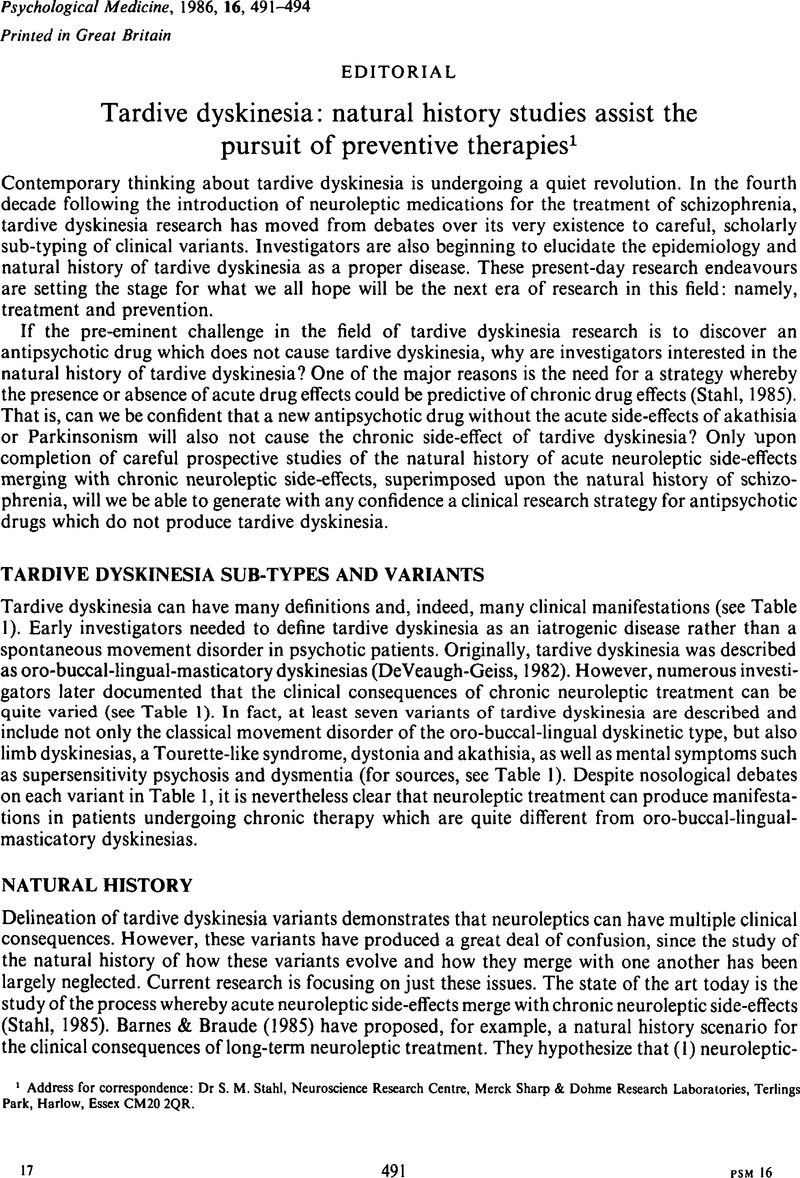Crossref Citations
This article has been cited by the following publications. This list is generated based on data provided by Crossref.
Stahl, S M
1987.
Needs and Opportunities for Innovation in Psychopharmacology.
Journal of the Royal Society of Medicine,
Vol. 80,
Issue. 7,
p.
413.
Waddington, John L.
1989.
Vol. 31,
Issue. ,
p.
297.
Turner, Trevor
1989.
Rich and mad in Victorian England.
Psychological Medicine,
Vol. 19,
Issue. 1,
p.
29.
Waddington, John L.
1990.
Spontaneous orofacial movements induced in rodents by very long-term neuroleptic drug administration: phenomenology, pathophysiology and putative relationship to tardive dyskinesia.
Psychopharmacology,
Vol. 101,
Issue. 4,
p.
431.
Inada, T.
Yagi, G.
Kamijima, K.
Ohnishi, K.
Kamisada, M.
Takamiya, M.
Nakajima, S.
and
Rockhold, R. W.
1990.
A statistical trial of subclassification for tardive dyskinesia.
Acta Psychiatrica Scandinavica,
Vol. 82,
Issue. 6,
p.
404.
Inada, Toshiya
Yagi, Gohei
Kaijima, Kunitoshi
Ohnishi, Kimio
Kamisada, Mamoru
and
Rockhold, Robin W.
1991.
Clinical Variants of Tardive Dyskinesia in Japan.
Psychiatry and Clinical Neurosciences,
Vol. 45,
Issue. 1,
p.
67.
Turner, Trevor H.
1992.
A diagnostic analysis of the Casebooks of Ticehurst House Asylum, 1845–1890.
Psychological Medicine. Monograph Supplement,
Vol. 21,
Issue. ,
p.
1.





